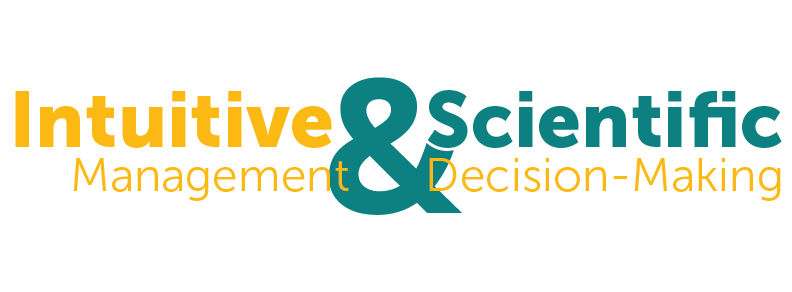12 dets. Who Can Draft Legal Documents
Even highly experienced lawyers who have been writing legal documents for countless years could benefit from using resources to help them create legal documents. Here are some of the resources that exist: Writing legal documents is as simple as the information you need to fill in the spaces of a legal model in most cases. Here`s a simple four-step process you can use to create legal documents: If you need legal document creation services but don`t know where to start, we have good news for you: contract lawyers can help. Whether you need help setting up a contract template or want to hire someone who knows how to write a business contract, they`re perfect for the job. It`s always a good idea to hire a professional, especially when it comes to highly technical documents such as legal agreements. Creating legal documents is a structured process that must follow certain rules. Since these documents must be presented to the court, it is important to follow some basic rules when drafting legal documents: Cory Barack specializes in commercial, real estate, estate and energy law. He can help you with oil/gas leases, easements, property sales, drafting contracts and wills, setting up businesses, and resolving disputes. He is admitted to the Ohio Bar and is based in eastern Ohio. I work with a handful of excellent accountants, accountants, bankers and other business consultants who understand these rules. They refuse legal advice for good reasons or even perform “mere” legal tasks. What for? They know their job or profession and don`t want to go out of their way. These consultants also understand the potential implications of legal work without a lawyer`s license.
They are not willing to put their clients at risk or ruin their professional reputation. Always keep your sentence structure short and concise in legal writing. Here`s how to write legal documents that everyone can understand! In the following sections, you`ll learn about common types of legal documents, how to create them, and what rules you need to follow. When drafting a legal process, a lawyer should: Legal documents are usually long and time-consuming to compile and read. Make it easier for your readers by defining important sections of the document for easy reference. As you write legal documents, here are a few things you can keep in mind to make the process easier: My first thought is less legal and more practical. If your advisor is willing to circumvent the law on something as simple as preparing a business unit, what else is he willing to do? Integrity is important. At least for me.
My job is to protect and advise my clients. I take this role seriously and I cannot jeopardize their future by not calling their other advisors who cross the line. To impose a legal obligation, use “must”. To predict future actions, use “will.” DO NOT SAY: Let the governor approve it. SAY: The governor must approve it. [Commitment] OR: The governor will approve it. [Future actions] 4. Be direct. Speak directly to your readers. Enjoy the imperative mood. Regulations are suitable for this style, especially procedures, instructions, and to-do lists. The franchise avoids the liability:SAY: Sign all copies.
SAY: Attach a copy of your W-2 to your return. This style results in shorter, sharper and easier to understand procedures. 5. Use the present tense. A regulation with continuing effect refers to when you apply it, not when you write it or when it comes into force. For this reason, you should write regulations in the present tense. By drawing in the present tense, you avoid complicated and cumbersome verbal forms. DON`T: The fine for driving without a licence is $10.00. SAY: The fine for driving without a licence is $10.00. 6. Write positively.
If you can express an idea positively or negatively, express it positively. DO NOT SAY: The governor cannot appoint persons other than those qualified by the Human Resources Agency. SAY: The governor must appoint a qualified person by the Human Resources Agency. A negative statement can be clear. Use it when you warn the reader. DON`T WALKDON`T SMOKE But avoid multiple negatives in a sentence. DON`T SAY: A demonstration project will not be approved until all the requirements of the application are met. SAY: A demonstration project will only be approved if the applicant meets all requirements. It is better to express even a negative in a positive form.
Now ask yourself if your auditor can prepare legal documents. This may seem obvious – it is, after all, a legal document. But it is important to decipher what is necessary and what is not. A business-oriented, proactive and problem-solving corporate lawyer with in-house legal experience that ensures the legality of business transactions and contracts. Michael is adept at reviewing, creating, negotiating and generally monitoring policies, procedures, manuals, corporate documents and, most importantly, contracts. He has a proven track record of managing national and international companies ensuring that they operate in full compliance with local and international rules and regulations. This is where you lay the foundation for the document you are going to design. You need to define basic documents. These include: 21. Use short paragraphs. An author can improve the clarity of a regulation by using short, compact paragraphs.
Each paragraph should deal with a single and coherent topic. Long, complex or technical discussions should be presented in a series of related paragraphs. 22. Use a checklist and review your design for each of these principles separately. Many notaries do not know whether or not they can authenticate the documents they have designed. In most cases, a notary cannot create documents. This could be considered an unlawful exercise of the law. However, this does not apply to notaries who are lawyers or who prepare documents as part of their employment.


